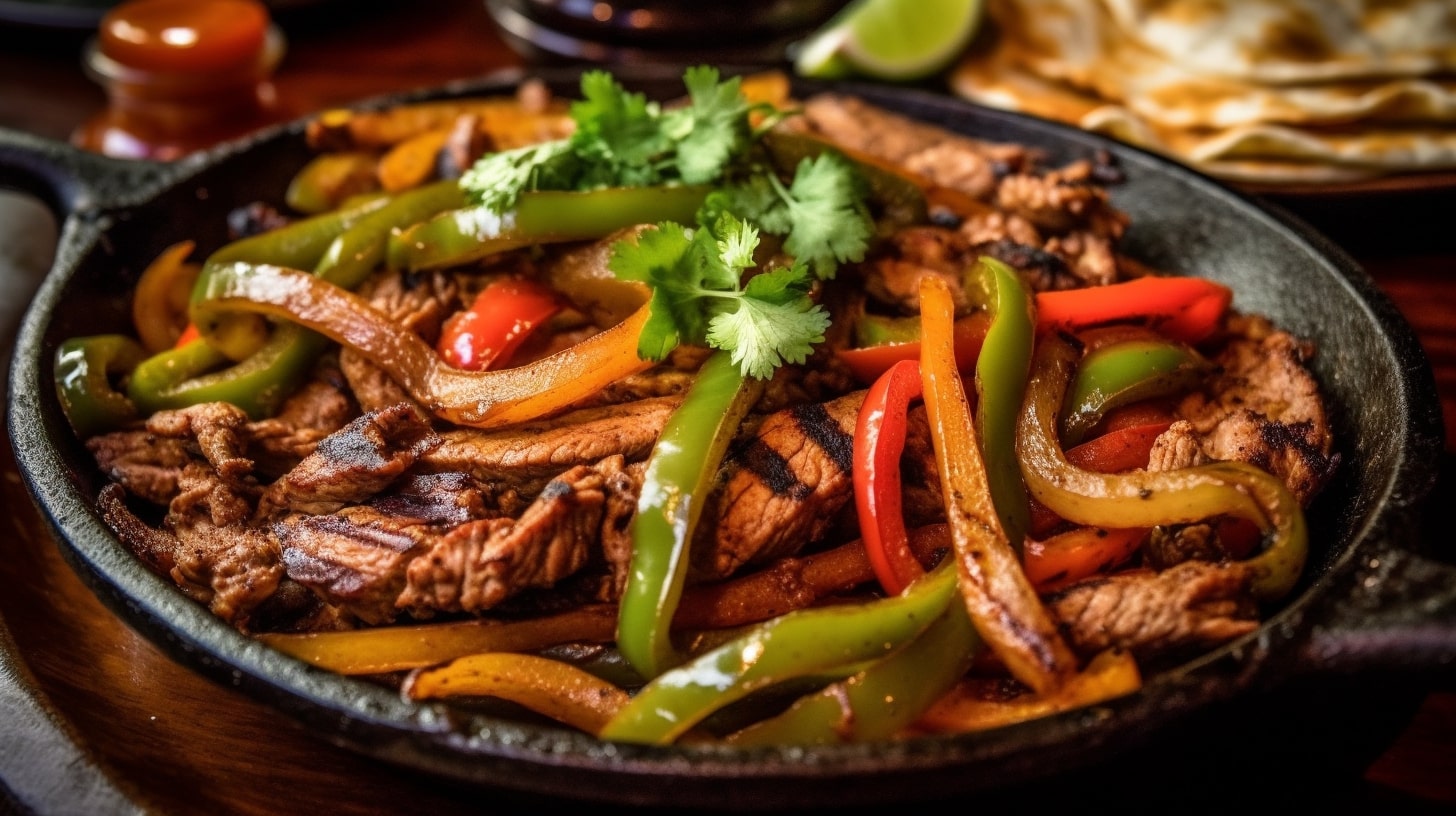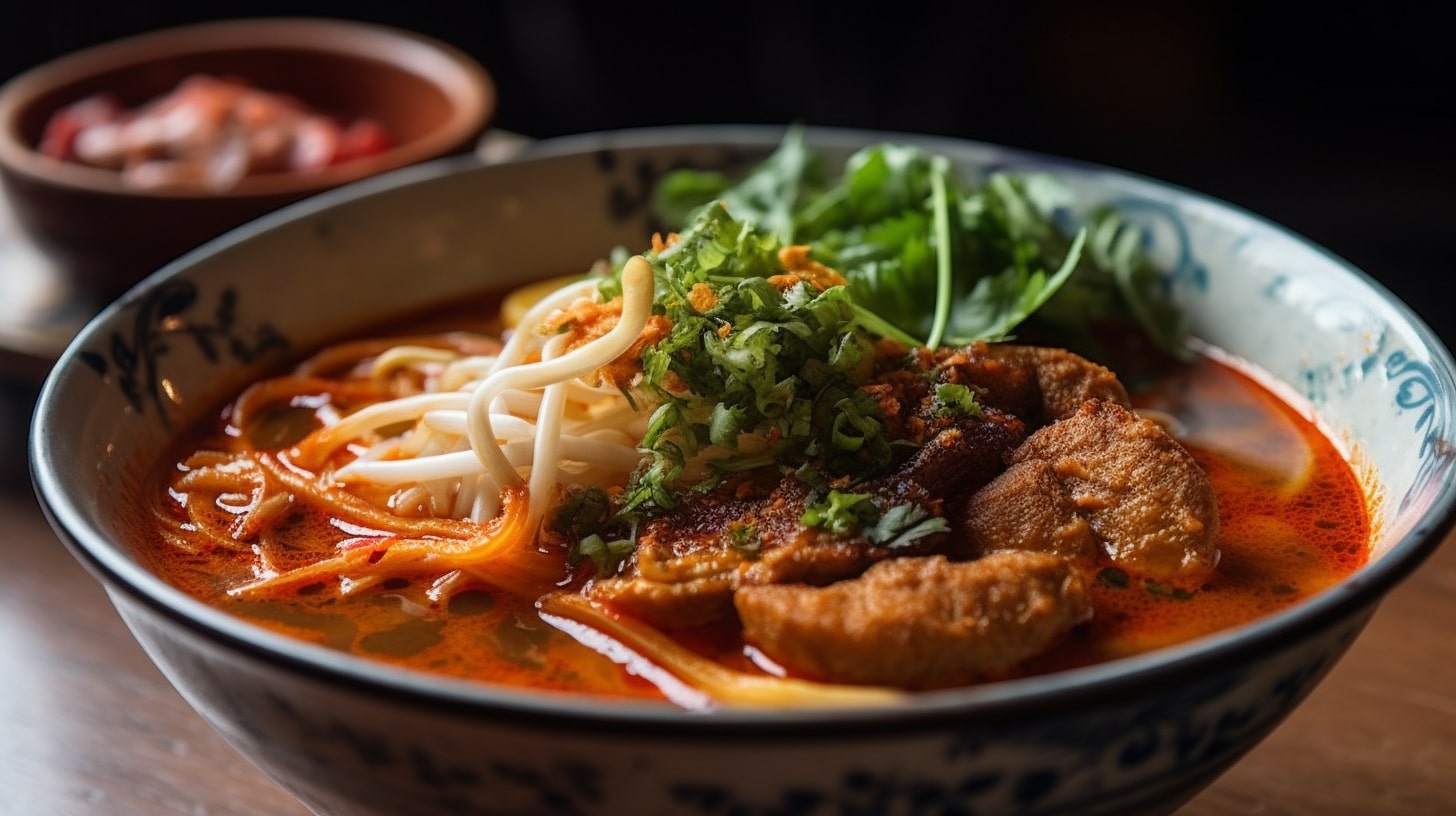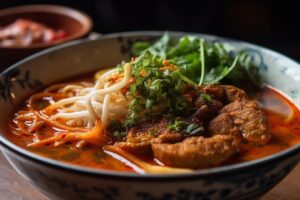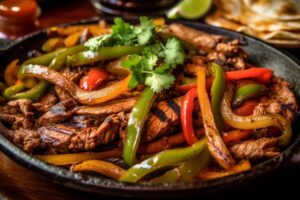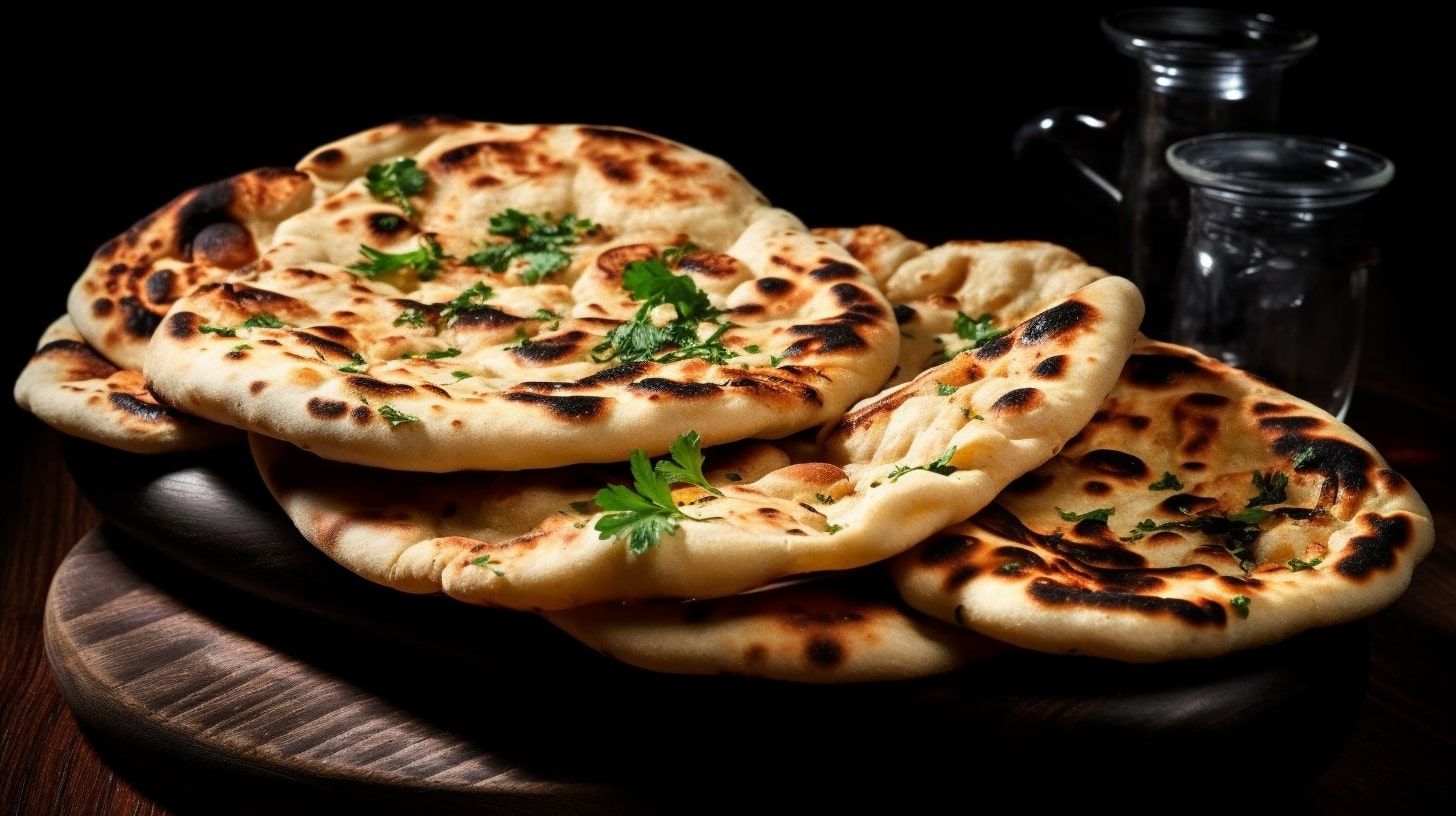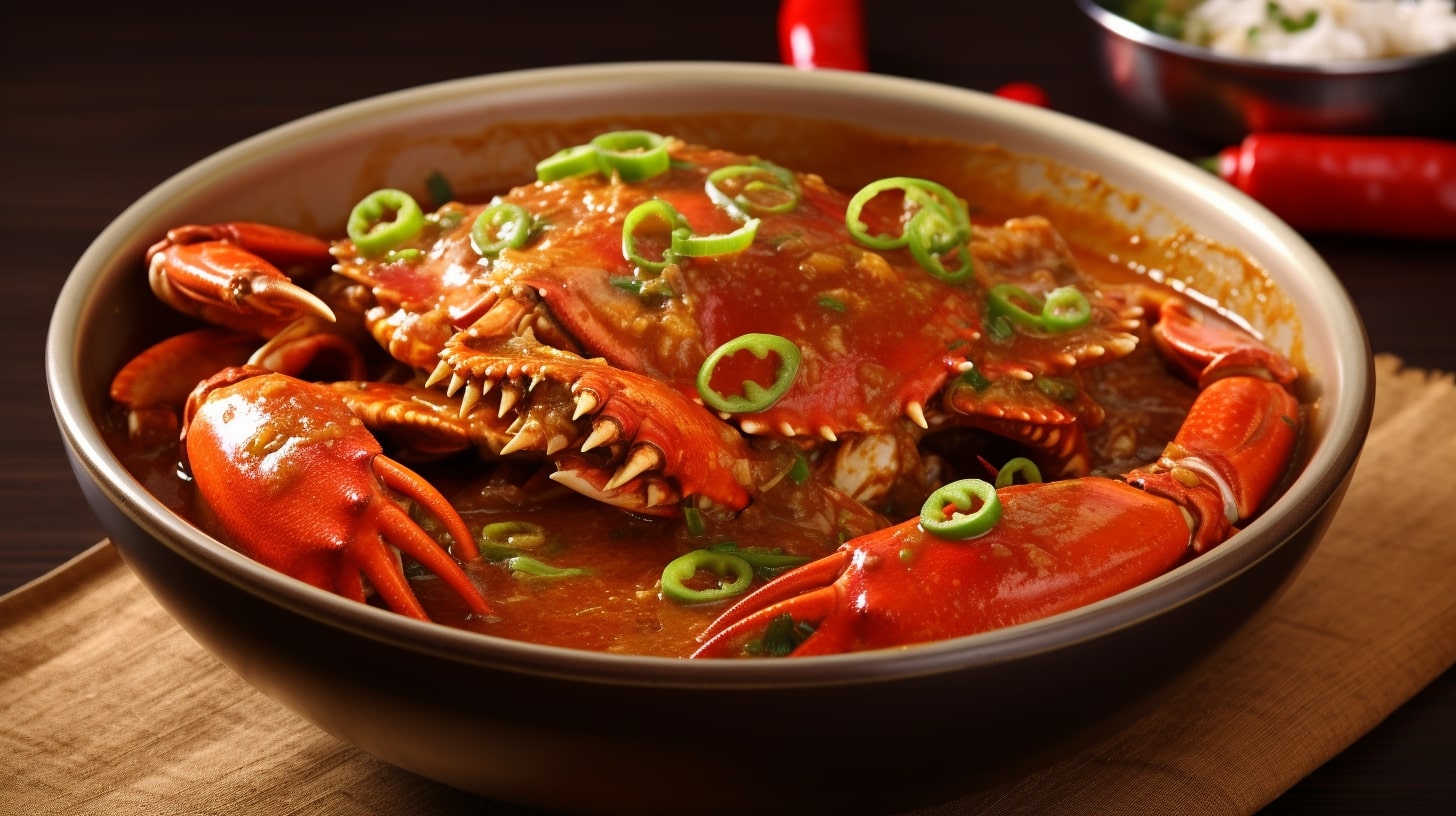Gimbap (김밥), a staple of Korean cuisine, is a mouthwatering dish that has gained international popularity in recent years. This article will take you on a delightful journey to explore the origins, ingredients, preparation, and cultural significance of gimbap. Whether you are a food enthusiast or someone looking to try new flavors, gimbap is a must-try dish that will surely satisfy your taste buds.
1. Introduction
Have you ever craved a savory and satisfying snack that is both delicious and nutritious? Look no further than gimbap! This delightful Korean dish offers a delightful combination of flavors and textures that will leave you craving for more. In this article, we will delve into the fascinating world of gimbap, discovering its origins, ingredients, preparation methods, and much more.
2. What is Gimbap?
Gimbap, also known as “김밥” in Korean, is a popular Korean dish made with cooked rice, various fillings, and seaweed (gim) wrapped around it. It is often compared to sushi, but gimbap has its own unique characteristics and flavors. The word “gim” refers to dried seaweed, while “bap” means rice. Together, they create a delectable combination that is loved by people of all ages.
3. Origins and History of Gimbap
김밥 has a rich history that dates back to the Joseon Dynasty in Korea. It was initially created as a convenient and portable food for travelers, soldiers, and farmers. The dish was inspired by nori-maki, a Japanese sushi roll. Over time, gimbap evolved to incorporate local ingredients and flavors, becoming a beloved part of Korean cuisine.
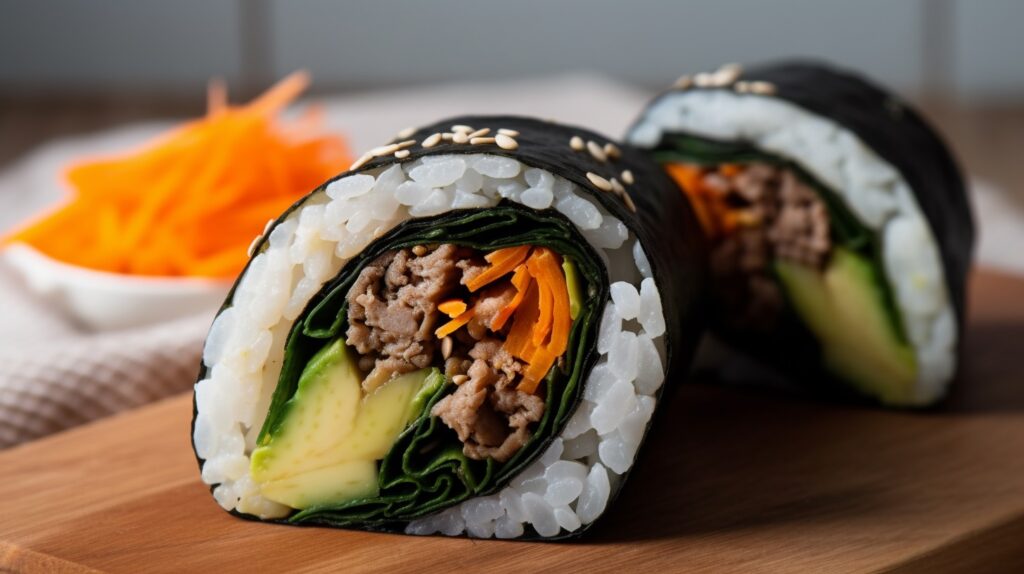
4. Ingredients Used in Gimbap
김밥 offers a wide variety of fillings, allowing for endless flavor combinations. The traditional 김밥 typically includes cooked rice, seasoned vegetables such as carrots, spinach, and pickled radish, along with proteins like bulgogi (marinated beef) or ham. Additional ingredients like crab sticks, eggs, and cheese can also be used to enhance the taste and texture.
5. Gimbap Variations
김밥 is a versatile dish that lends itself to creative variations. Some popular 김밥 variations include chamchi 김밥 (tuna 김밥), samgak 김밥 (triangular 김밥), and chungmu 김밥 (spicy 김밥). These variations offer unique flavors and presentations, making 김밥 a diverse and exciting culinary experience.
6. How to Make Gimbap
Making 김밥 is a fun and rewarding experience. It starts with preparing the ingredients, including cooking the rice and marinating the fillings. Once the ingredients are ready, they are placed on a sheet of seaweed, rolled tightly, and sliced into bite-sized pieces. The process requires precision and care to ensure a well-constructed and visually appealing 김밥 roll.
7. Tips for Making Perfect Gimbap
Creating the perfect 김밥 requires attention to detail. Here are some essential tips to help you achieve gimbap perfection:
- Use high-quality ingredients for the best flavor.
- Cook the rice properly, ensuring it is slightly sticky for easy rolling.
- Cut the ingredients into thin, uniform strips for even distribution.
- Apply gentle pressure while rolling to create a tight and compact roll.
- Use a sharp knife to slice the 김밥 cleanly without squishing the ingredients.
8. Gimbap’s Popularity and Cultural Significance
Gimbap’s popularity extends beyond the borders of South Korea. It has gained recognition worldwide due to its delicious taste and eye-catching presentation. In Korea, 김밥 is often enjoyed as a convenient meal on-the-go, a lunchbox staple, or a picnic snack. It holds a special place in Korean culture, symbolizing togetherness and sharing among friends and family.
9. Gimbap as a Healthy Snack or Meal
김밥 not only satisfies your taste buds but also offers a wholesome and nutritious option. It is packed with essential nutrients from the variety of vegetables, proteins, and carbohydrates it contains. The balance of flavors and textures in 김밥 makes it a satisfying meal that can be enjoyed any time of the day.
10. Gimbap vs. Sushi: Similarities and Differences
김밥 is often compared to sushi due to their similar appearance. However, there are notable differences between the two. While sushi uses raw fish and vinegared rice, 김밥 incorporates a wide range of fillings and cooked ingredients. The seasonings, dipping sauces, and overall flavor profiles of gimbap and sushi also differ, offering distinct culinary experiences.

11. Where to Find Gimbap
Gimbap is widely available in Korean restaurants and food stalls across the globe. In addition to that, many Asian grocery stores offer pre-packaged 김밥 for a quick and convenient snack. Exploring local Korean markets and eateries is a great way to experience the authentic flavors of 김밥.
12. Enjoying Gimbap with Dipping Sauces
To elevate the flavors of gimbap, it is often served with various dipping sauces. The most common one is soy sauce mixed with a little bit of sesame oil and vinegar. Additionally, some prefer to enjoy 김밥 with gochujang, a spicy Korean chili paste. These dipping sauces add an extra layer of taste and excitement to every bite.
13. Gimbap Etiquette and Eating Customs
When it comes to enjoying 김밥, there are a few etiquettes and customs to keep in mind. It is considered polite to take small, bite-sized pieces and not leave any leftovers on your plate. Sharing gimbap with others is a way of fostering camaraderie and creating a sense of unity, reflecting the communal nature of Korean dining culture.
14. Gimbap: A Versatile Dish for Any Occasion
One of the remarkable qualities of 김밥 is its versatility. It can be enjoyed as a light snack, a nutritious meal, or even as party finger food. Its portability and delicious taste make it an excellent choice for picnics, lunchboxes, or social gatherings. Gimbap’s ability to adapt to various occasions is part of what makes it such a beloved dish.
Conclusion
Gimbap, with its rich flavors, colorful presentation, and cultural significance, is truly a gem in Korean cuisine. Whether you’re a food enthusiast or someone curious about exploring new tastes, 김밥 offers a delightful culinary experience. So, why not embark on a gastronomic adventure and savor the deliciousness of 김밥?
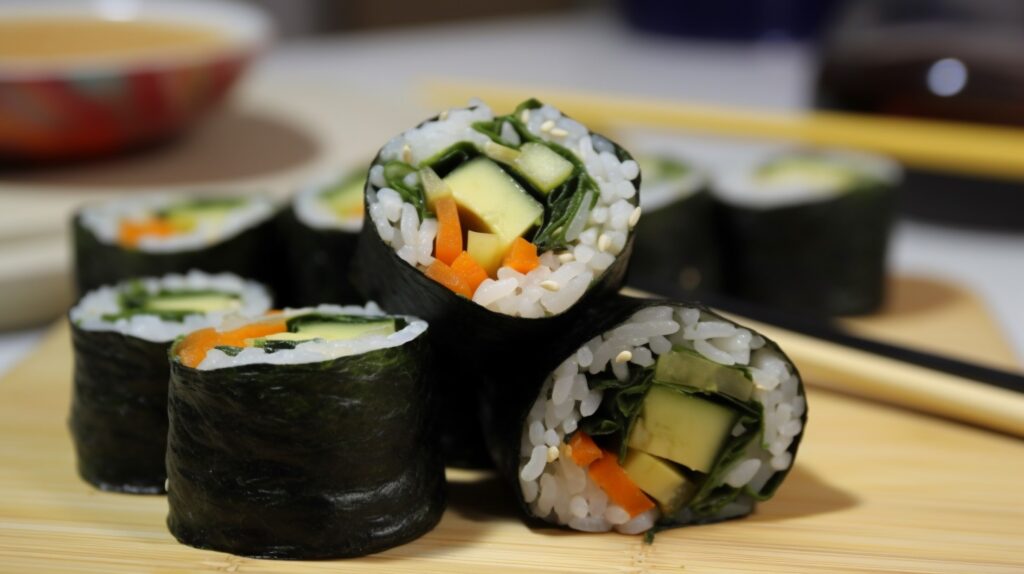
FAQs
Q1: Can I make gimbap with vegetarian or vegan fillings?
Yes, 김밥 can be customized according to dietary preferences. You can use a variety of vegetarian fillings like tofu, mushrooms, and seasoned vegetables to create a delicious vegetarian or vegan 김밥.
Q2: Is gimbap spicy?
김밥 itself is not spicy, but you can add spice by using gochujang (Korean chili paste) or incorporating spicy fillings like kimchi or spicy marinated beef.
Q3: Can I make gimbap in advance?
Yes, 김밥 can be made in advance and stored in the refrigerator for a few hours. However, it is best enjoyed fresh to maintain its texture and flavors.
Q4: Can I freeze gimbap for later use?
김밥 is not typically frozen as the texture and taste may be affected. It is recommended to consume 김밥 within a day or two of preparation.
Q5: Can I use other types of rice for gimbap?
While traditional 김밥 is made with short-grain white rice, you can experiment with other types of rice, such as brown rice or multigrain rice, for a healthier twist.
